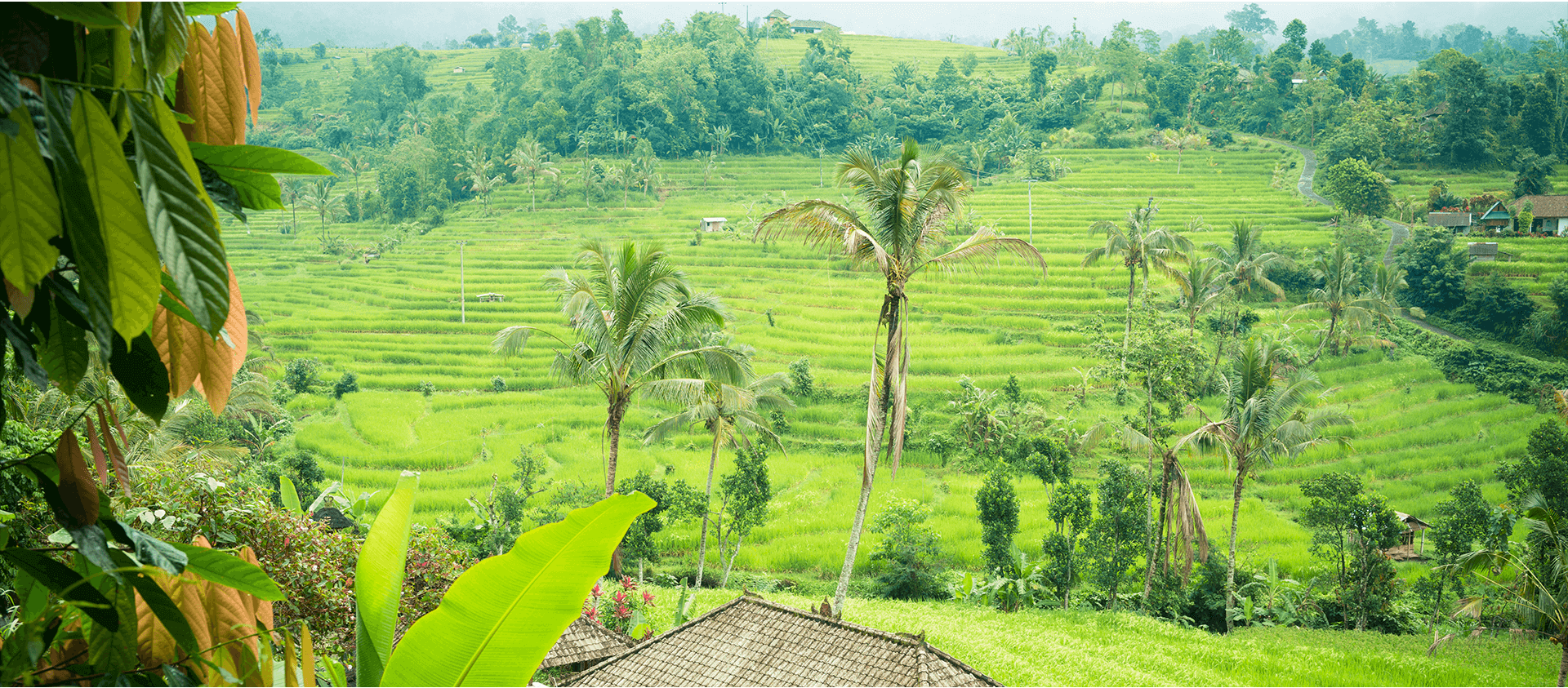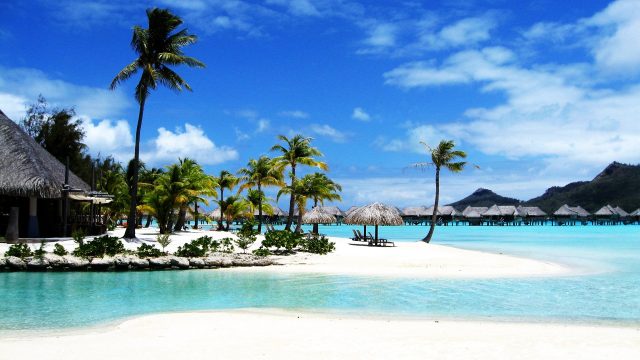TRAVEL EXPERIENCES IN QUANG NAM PROVINCE, VIETNAM
20-03-2019Area: 10,438 km²
Population: 1.472 million (2014)
Area code: 235
Travelers who choose to visit Vietnam, often find themselves looking for Things to do in Tam Ky (Quang Nam).
We have made for you a list of the most exciting Things to do in Tam Ky (Quang Nam), Vietnam.
The Tours and Attractions in Tam Ky (Quang Nam) are classified by their style of trip:
To read the full itinerary of a specific attraction in Tam Ky (Quang Nam), simply click on it.
Those are the top things to do in Tam Ky (Quang Nam) that no tourist should miss once they set foot in Vietnam.
Tam Ky (Quang Nam) is known as a popular travel spot in Asia, and many tourists visiting Vietnam enjoy the variety of the things to do in Tam Ky (Quang Nam).
My Son Sanctuary:
My Son is a cluster of abandoned and partially ruined Hindu temples constructed between the 4th and the 14th century AD by the kings of Champa.

An Bang Beach:
Just four kilometres from Hoi An’s UNESCO World Heritage centre and 30 kilometres from Da Nang International Airport, An Bang Beach is the perfect complement to the sightseeing and tourist bustle of town. With the once popular Cua Dai Beach suffering from severe erosion, An Bang now holds the crown as Hoi An’s go-to beach. Whether you want to hide under an sun umbrella (there are many available), hang out at one the casual bars or plop yourself on white sand, reserve at least a day on your Hoi An itinerary for some An Bang R&R.

Museum of Sa Huynh Culture:
The Sa Huynh Culture Museum is located in Hội An, in the Quảng Nam Province of central Vietnam. It is a museum showcasing the pre-historic Sa Huỳnh culture, showcasing terracotta work that has been found in the area
Hoi An Ancient Town is an exceptionally well-preserved example of a South-East Asian trading port dating from the 15th to the 19th century. Its buildings and its street plan reflect the influences, both indigenous and foreign, that have combined to produce this unique heritage site.

Old House of Tan Ky:
Located at 101 Nguyen Thai Hoc Street, in the Old Quarter of Hoi An Ancient Town, Tan Ky Old house is an almost perfect example of a 18th merchant’s residence in this major commercial port town. The name Tan Ky, meaning “Progress Shop”, was given to the house by the second generation to express the owner’s wish for a prosperous business.
Just a few steps down from the Japanese Covered Bridge, this old house has a wide, welcoming entrance hall decorated with exquisite lanterns, wall hangings and embroidery. You can walk out on to a balcony and there’s also an impressive suspended altar.
Cua Dai Beach:
Heading east of Hoi An, new housing and hotels mix with older rice paddies, and the riverbank meanders for around 5km to sandy beaches. This palm-fringed coastline extends north to Danang, and despite the development, there are still a few quieter stretches; it's a good area to explore independently on two wheels.
Nearest to Hoi An, Cua Dai beach has a few big resorts, and an ongoing and escalating problem with beach erosion exacerbated by the past building of hotels. If you're staying here, your daily swim will need to be in the hotel's pool, because the sandy beach has largely disappeared.

Hoi An museum:
Housed in the Quan Am Pagoda, this museum provides a sampling of pre-Cham, Cham and port-era artefacts, with some huge bells, historic photos, old scales and weights alongside plenty of ceramics.
Founded in 1653, this small temple is dedicated to Quan Cong, an esteemed Chinese general who is worshipped as a symbol of loyalty, sincerity, integrity and justice. His partially gilded statue, made of papier mâché on a wooden frame, is on the central altar at the back of the sanctuary. When someone makes an offering to the portly looking Quan Cong, the caretaker solemnly strikes a bronze bowl that makes a bell-like sound.
On the left of Quan Cong is a statue of General Chau Xuong, one of his guardians, striking a tough-guy pose. On the right is the rather plump administrative mandarin Quan Binh. The life-size white horse recalls a mount ridden by Quan Cong.
Check out the carp-shaped rain spouts on the roof surrounding the courtyard. The carp is a symbol of patience in Chinese mythology and is popular in Hoi An.
Shoes should be removed when mounting the platform in front of the statue of Quan Cong.

Japanese Cover Bridge:
Landmark 18th-century wooden bridge featuring elaborate carvings & a pedestrian passageway.




.jpg)
.jpg)
.jpg)
.jpg)
.jpg)
.jpg)
_.jpg)
.jpg)
.jpg)
.jpg)
.jpg)
.jpg)
.jpg)